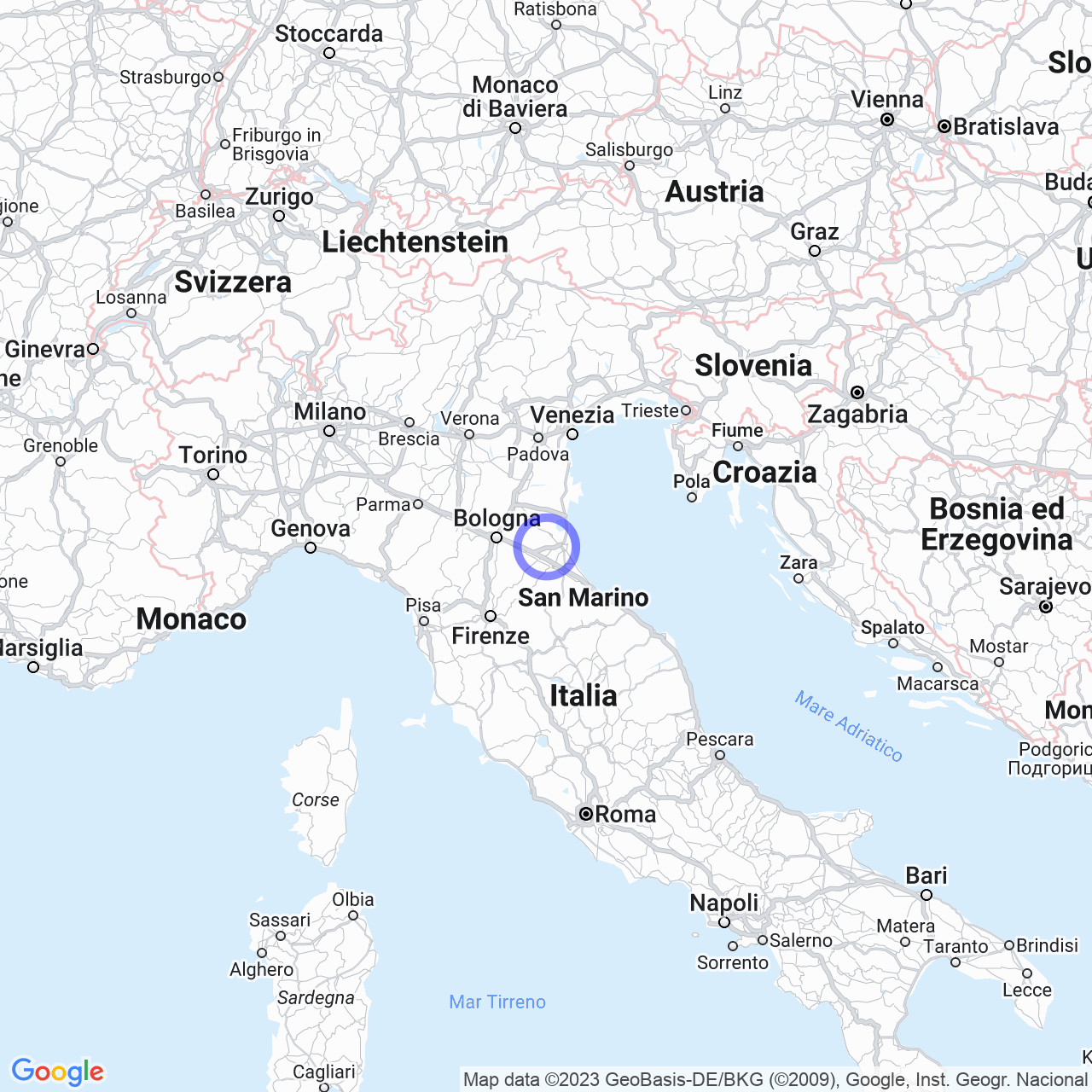Bagnacavallo
Welcome to Bagnacavallo: a dive into the history of Emilia-Romagna
Hello everyone! Today I will tell you about a town in Emilia-Romagna, Bagnacavallo, a charming town of 16,283 inhabitants located in the province of Ravenna.
Physical geography
The climate of this area seems to be quite rainy, so if you decide to visit Bagnacavallo, I recommend you to bring an umbrella!

History
Early Middle Ages
Let's start with the Early Middle Ages! In the historical period from the 6th to the 10th century, Bagnacavallo was known as "Castrum Tiberiacum". This fortress was very important for the defense of the border between the Byzantines and the Lombards, and together with Bagnacavallo, neighboring centers such as San Potito, San Biagio, and Villa Cornete have the same origin.
The landscape of this area was mainly characterized by wooded and marshy areas, while the territory around the Church of San Pietro "in Sylvis" was quite inhabited. About two hundred hectares were donated to the Bishop of Faenza by the Lombard king Liutprando in the "magnum forestum".
Origin of the current name
After the presence of Castrum Tiberiacum, in the 10th century there was the term Balneocaballum, which referred to the Senio river. At the end of the millennium, the definitive toponym "Castrum Bagnacaballi" appeared. Bagnacavallo was a place of exchange for goods, especially for cereals, straw, marsh canes, and wine with Ferrara and Ravenna.
Late Middle Ages
In the 11th century, the Malvicini counts settled in Bagnacavallo and ruled over it until the 13th century.
Curiosities
The town has a strategic position, as it is located along the Benedetto XIV road, which connects Ravenna and Imola, and is easily reachable by car and train. Bagnacavallo also has its symbol: a crescent moon placed above a star.
It is possible to admire the artistic and cultural heritage in the historic center, where there are well-preserved ancient buildings such as the Town Hall, the Merchants' Loggia, and the Church of the Madonna delle Grazie.
Conclusions
Bagnacavallo is a place to visit for its natural beauty and its history, which has left traces in the culture of the Romagna people. I hope this brief summary has intrigued you and that you want to discover this wonderful city!
